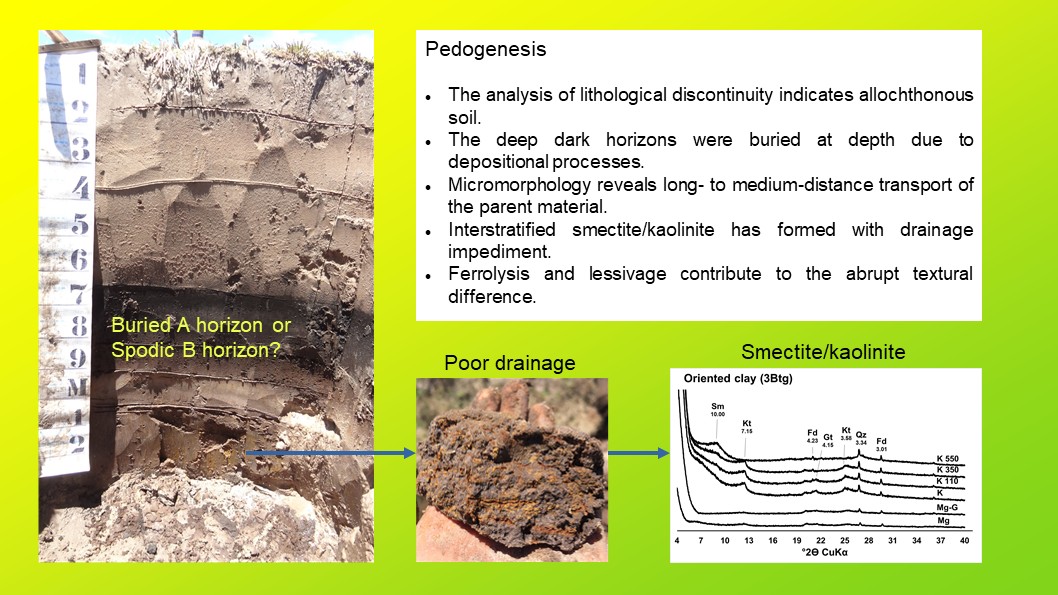Pedogenesis and the study of lithological discontinuity in a Planosol in Southern Brazil
06/Nov/2025
ABSTRACT Pedogenetic processes or phenomena not directly related to pedogenesis can strongly influence soil formation. This study aimed to identify the origin of the abrupt textural difference and the deep, dark horizon in a soil profile located in southern Brazil by examining pedogenetic processes and sedimentology. The research was conducted in the geomorphological province of the Coastal Plain of Rio Grande do Sul, characterized by marine and eolian sedimentary deposits from the Quaternary (Pleistocene) period, formed during alternating humid and […]
Geochemical and mineralogical evolution in alteration profiles on serpentinized rocks in southwestern Minas Gerais, Brazil
01/Oct/2007
The geochemical and mineralogical evolution was studied in three different alteration profiles of ultramafic (serpentine) rocks near Alpinópolis and Fortaleza de Minas, in southwestern Minas Gerais State (Brazil). Soil moisture and temperature regimes are udic and thermic, respectively. The current chemical and mineralogical evolution degree is moderate compared to other basic and ultramafic material of the same area and is characterized by significant losses of Na and Mg and, to a lesser extent, of Ca and Si. Very little K […]
Potassium fertilization affecting the mineralogy of a rhodic acrisol in Rio Grande do Sul – Brazil
01/Jun/2005
Changes in soil mineralogical properties in humid subtropical regions due to potassic fertilizer practices are so far poorly understood. The main objective of this study was to compare the changes in soil minerals and the consequences on K+ release. Soil samples (depth of 0-10 cm) were collected over eleven years from areas with and without K fertilization and from a nearby natural grassy vegetation site on the Campus of the Federal University of Santa Maria. The K fertilizer treatments were 0 kg ha-1 year-1 […]

